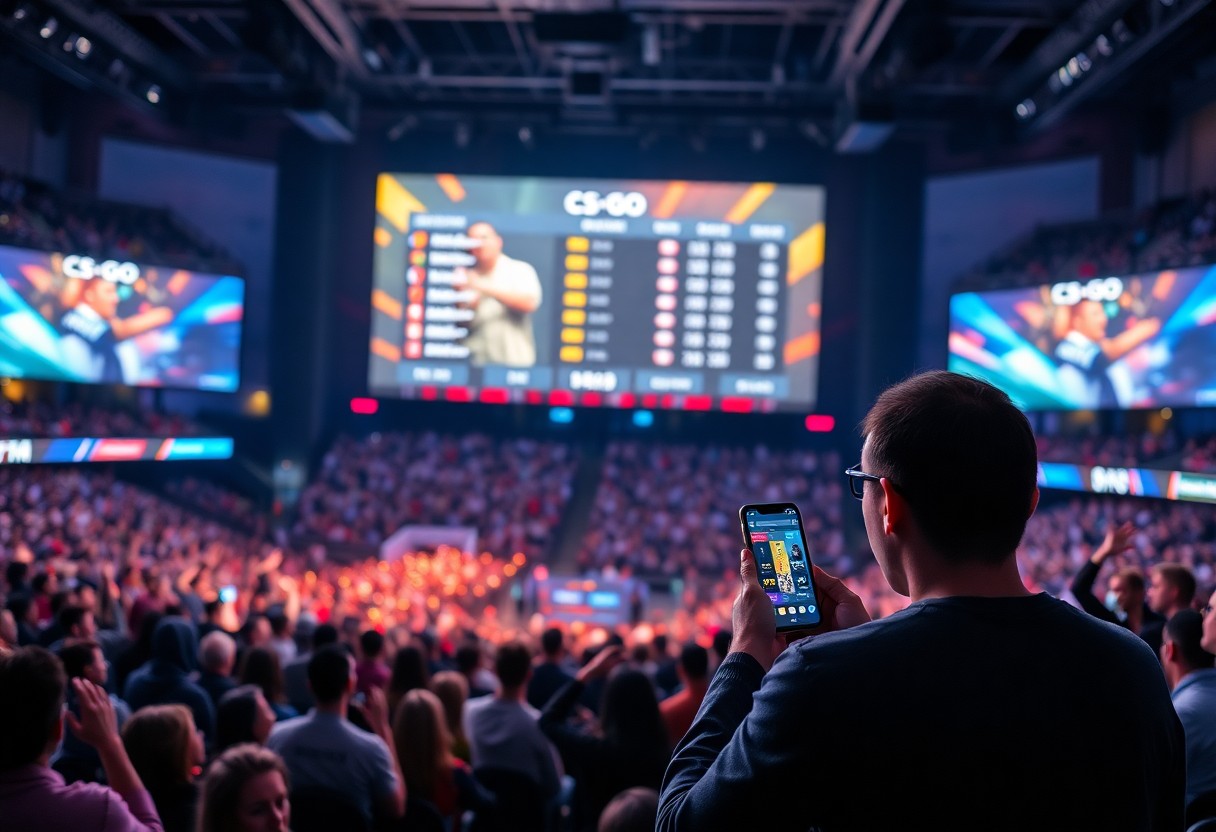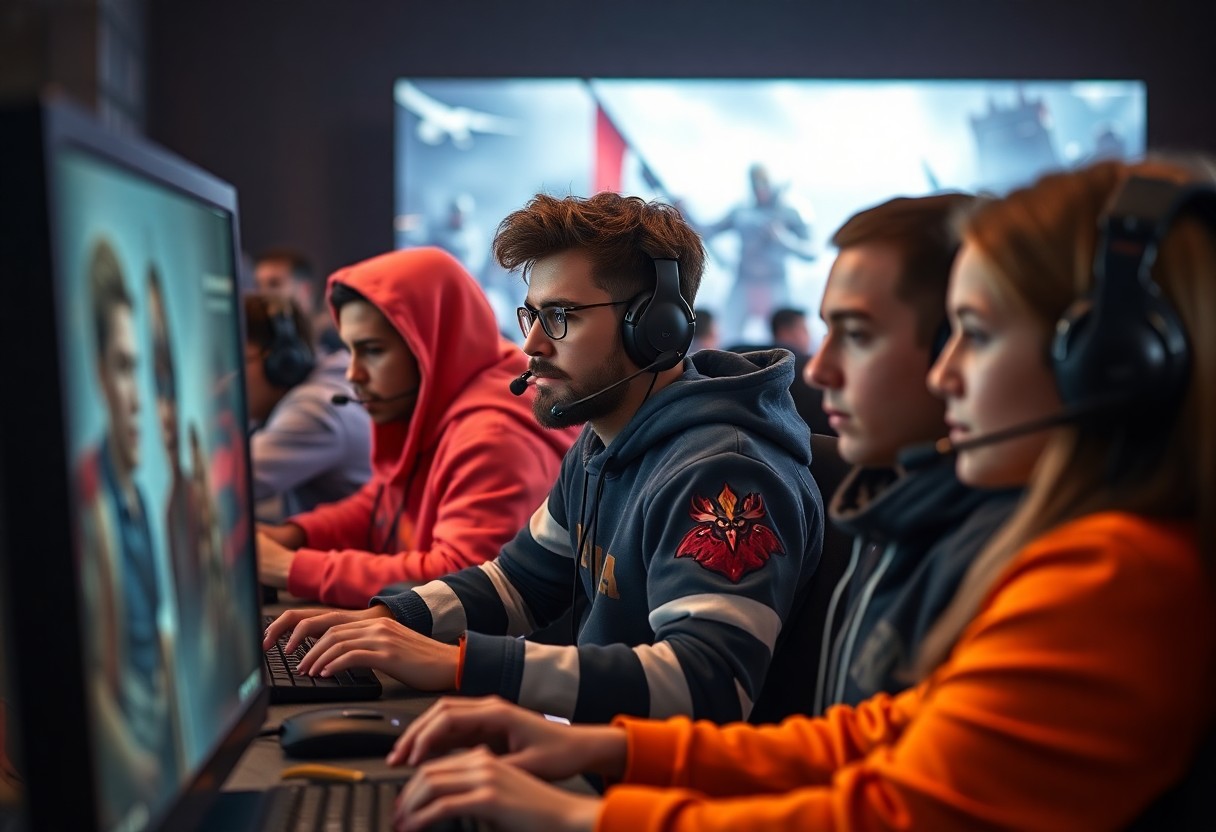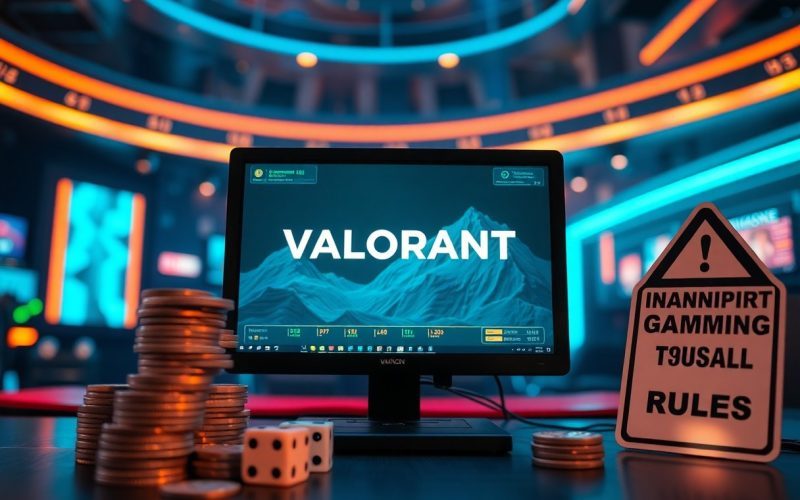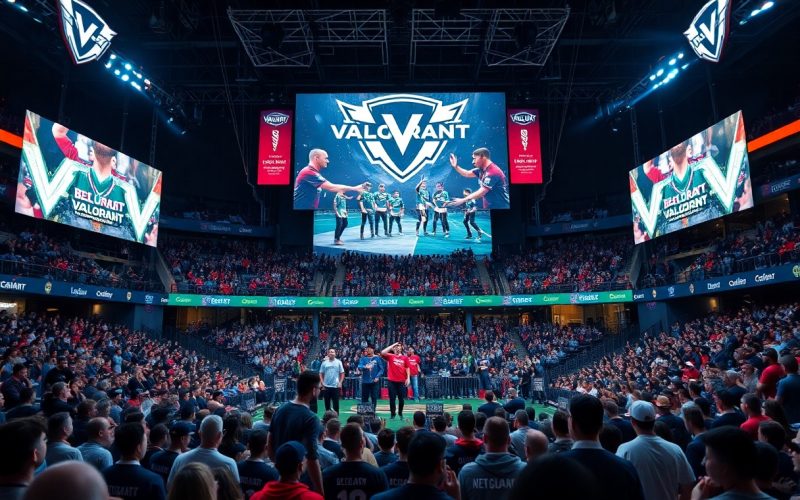Diversity in character design is a cornerstone of competitive games like Valorant, contributing to its evolving meta and overall player experience. Riot Games has developed a rich roster of agents, each with their unique abilities, playstyles, and lore. This expansive selection fosters creative strategies and team compositions, allowing players to discover their preferred playstyle and promoting inclusivity in gameplay. However, with such an extensive variety of agents comes the challenge of balance, leading to potential chaos in competitive play.
One of the attractions of Valorant is the depth that agent diversity brings to the game. Players can choose from Duelists, Controllers, Initiators, and Sentinels, each fulfilling specific roles and contributing to team dynamics. The constant introduction of new agents keeps the game fresh, as each agent can shift how strategies are applied in matches. New abilities can change the game’s pace, offering both players and teams unique strengths or weaknesses. This breadth of options fosters creativity and innovation in gameplay, appealing to a wide range of players.
However, the upside of this diversity also introduces a significant balancing dilemma for Riot Games. With every new agent, the existing meta can shift dramatically. For instance, a new agent’s abilities may counter prevailing strategies effectively, rendering older characters less viable in competitive play. Players often develop favorites, but with each patch or new release, these favorites can become underpowered or overpowering due to the agent’s interactions with others. Moreover, various agents may inadvertently create synergy that skews the balance toward particular strategies, making for frustrating gameplay experiences.
Balancing agents is an ongoing struggle for Riot. Developers often must analyze vast amounts of game data, relying on statistics from player habits, professional tournament results, and match outcomes to identify discrepancies in agent performance. When certain agents dominate play—either in casual matches or the professional scene—developers often have to intervene through patches to tweak abilities or performance stats. Such balancing acts can lead to a cycle of rapid adjustments, leaving players feeling unsettled or unsure about their agent selections.
Additionally, player preferences can heavily affect balance perceptions. Some players might excel with certain agents and find their abilities beneficial in most situations, leading them to lobby for those agents’ continued power, while others may struggle with the same characters. This disparity creates friction within the community as players voice their opinions on balance changes, leading to heated debates and dissatisfaction amongst differing skill levels and play styles.
In the final analysis, the diversity within Valorant’s agent roster undoubtedly enriches the game, promoting creativity and strategic depth. However, it also breeds a delicate balancing act that can lead to chaos in competitive play. As Riot Games continues to navigate agent diversity while ensuring fairness in gameplay, time will reveal whether they can achieve a state of equilibrium where all agents are both enjoyable and competitive. The goal remains to provide a balanced experience, allowing all players to thrive while embracing the diversity that Valorant has to offer.







